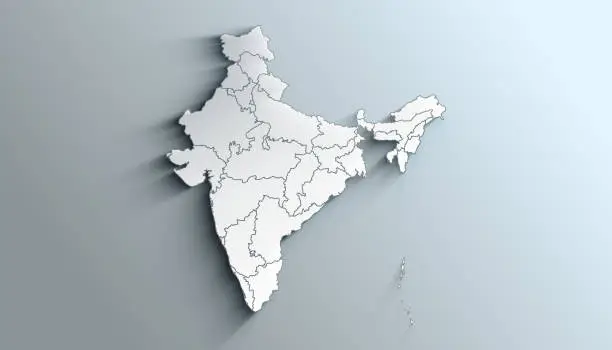As Maharashtra-Karnataka border row flares up again, a short history of the dispute

History and Latest Developments
The Maharashtra-Karnataka border dispute has persisted for decades, originating from the reorganization of Indian states based on linguistic demographics. The conflict mainly concerns Belagavi (formerly Belgaum) and 865 villages that Maharashtra claims as part of its territory, while Karnataka firmly opposes this claim.
Recent Developments in the Maharashtra-Karnataka Border Dispute
The issue resurfaced in 2022 when the Maharashtra Assembly passed a resolution to take the matter to the Supreme Court. Tensions escalated when reports emerged that a group in Belagavi assaulted a Karnataka bus conductor for not speaking Marathi. In response, some individuals attacked a Maharashtra bus conductor in Chitradurga, prompting both states to suspend bus services temporarily.
Historical Background of the Dispute
The conflict began after the States Reorganisation Act of 1956, which reorganized state boundaries based on linguistic demographics.
On May 1, 1960, Maharashtra asserted its claim over Belagavi, Nipani, Karwar, and 865 villages with a majority Marathi-speaking population.
Karnataka has consistently opposed these claims and insists that only the Supreme Court can resolve the matter.
Current Status and Legal Proceedings
The dispute remains unresolved in the Supreme Court of India, with both states unwilling to compromise. Political leaders and language activists continue fueling the issue, leading to periodic tensions.
Conclusion
The Maharashtra-Karnataka border dispute remains deeply tied to linguistic and regional identity. With legal proceedings still ongoing, the timeline for a final resolution remains uncertain..






